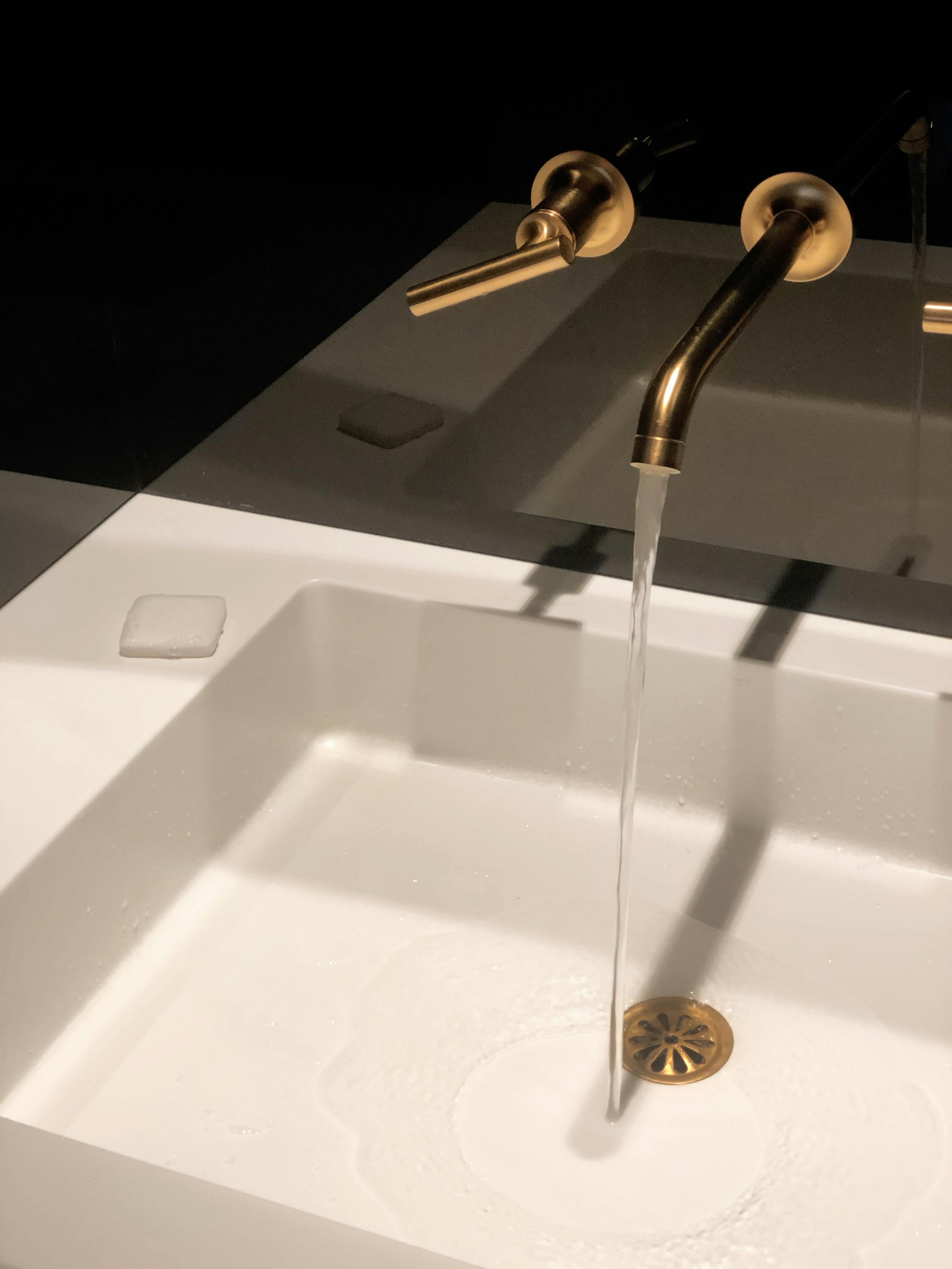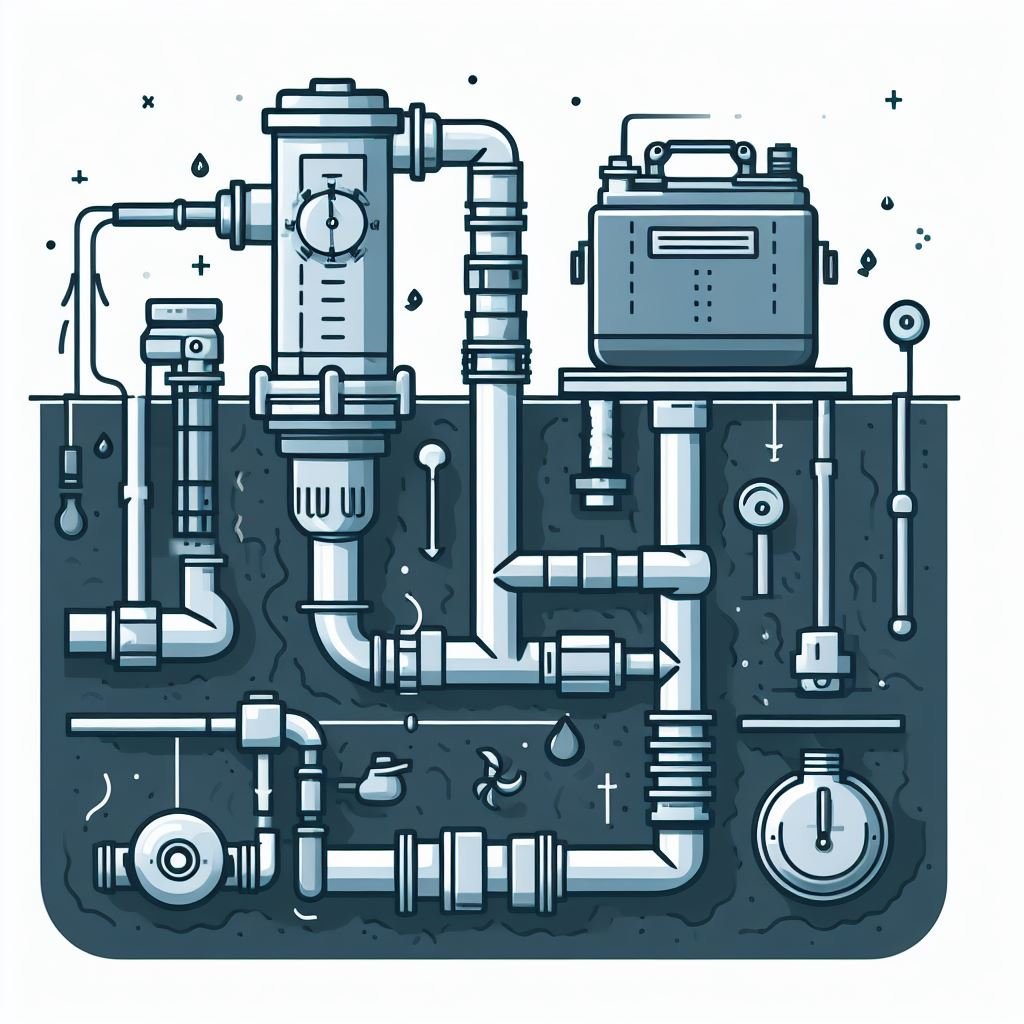What is a P-trap and How Does It Work?
Learn what a P-trap is and how it works to prevent plumbing issues. Discover its purpose, functionality, and maintenance tips to keep your drains odor-free.
In plumbing, understanding the role of different components is vital to maintain a functional system. One such critical fixture in your drain system is the P-trap. If you're unfamiliar with this, it's time to understand what a P-trap is and how it works.
This U-shaped pipe under your sink isn't just a quirky design but serves an essential purpose. When you use your sink, water runs down the drain and fills up the P-trap to create a barrier against sewer gases which prevents them from entering your home, says Sunset Plumbing.
Despite its crucial role, many people often overlook their P-traps until a problem arises. Ensuring they remain clear from blockages and leaks will keep your household safe from harmful sewer gases and costly repairs.
What Is a P-Trap?
A P-trap is an integral part of your plumbing system. Shaped like the letter 'P', it connects your sink to the drainpipe.
Functionality of a P-Trap
The primary function of a P-trap is to prevent sewer gases from entering your home by creating a water seal.
It traps debris that has drained from the sink, preventing it from forming a clog deep within the plumbing system.
P-Trap Design Specifics
Typically, a P-trap is made of PVC pipe or metal. The shape allows for water to be captured and create a seal.
It's easily recognized by its 180-degree bend structure. Look under your sink, you'll see it connecting the sink drain and waste pipe.
Maintenance Tips
Regular cleaning and timely replacement is essential for the optimal functioning of a P-trap. Always check for leaks to prevent damage.
Avoid putting items down the drain that could get stuck in the trap. If you detect foul smell, this might indicate you need to clean or replace it.
How Does a P-Trap Work?
The P-trap functions crucially in plumbing systems. Its primary role is to prevent unpleasant odors from escaping the pipe into your living environment.
P-Trap's Security Mechanism
Upon usage, water flows down the drain, entering the P-trap. A small amount of water remains trapped, acting as a protective barrier against sewer gasses.
This security mechanism is straightforward but incredibly effective. Consequently, it plays a vital role in maintaining healthy and comfortable indoor air quality.
Contextual Understanding
If you're noticing persistent bad smells in your bathroom or kitchen, it might be an issue with the P-trap. This could suggest its failure to work effectively.
Understanding the intricacies of a P-trap and how it works can help troubleshoot such issues. This knowledge lets you take proactive measures before a severe issue unfolds.
Purpose of a P-Trap
A P-trap is an integral part of your home plumbing system. It's the curved pipe directly beneath your sink. Its purpose is crucial to maintaining a healthy home.
This humble component prevents foul smells, harmful gases and small creatures from coming up through your pipes and into your house. So how does it work? With simplicity.
Curved shape: The distinctive U shape holds a small amount of water forming a liquid seal.
Odor prevention: This water barricade stops nasty smells and dangerous sewer gases from rising up.
Pest control: It acts as a physical barrier preventing small creatures from entering your home via the plumbing system.
Safety trapping: The trap aids in catching small items that may accidentally fall down your drain, which can be retrieved before they're lost forever.
The ingenuity behind the P-trap design lies with its ability to maintain this water seal, regardless of the flow volume or frequency going through the pipe.
Learn more about this humble but essential home component here. Understanding your home's inner workings aids in efficient maintenance and problem solving.
Installing a P-Trap
The first step in installing a P-trap is ensuring you have the right size. They match the drain line diameter - usually 1.25 or 1.5 inches.
Select Suitable Materials
P-Traps are available in PVC, ABS plastic and metal. Consider your specific needs while choosing materials, with regard to durability and heat resistance.
PVC and ABS are more DIY-friendly, since they require less specialized tools for installation compared to metal alternatives, which often necessitates professional assistance.
Preparation Process
Before you begin your installation, gather necessary tools including a hacksaw for adjustments and tightening tools for secure connections. Safety is paramount in this process.
You should also ensure your working area is clear of potential hazards or unnecessary clutter which could disrupt your installation or even lead to accidents.
Fitting The Pieces
Assembling a P-Trap involves connecting its curved section to waste pipe from the sink drain. Ensure it's done at the appropriate angle for optimal drainage.
The rest of the P-trap attaches to your home's waste line. Ensure all fastenings are secure but do not over tighten as this can cause damage.
Types of P-Traps
A closer look at plumbing systems reveals a variety of P-trap styles. Not all traps are created equal. Their form typically dictates their function.
The type of P-trap you choose is dependent on your specific needs. Factors such as your sink's location, the available room, and the desired aesthetic play a role.
Traditional Tubular P-Traps: Most common in residential use. Easy to install and replace.
Bottle Traps: Frequently found in bathrooms, particularly where the trap is visible.
Slip-joint P-Traps: Ideal for situations requiring flexible applications as they can be adjusted with ease.
Integral Traps: Built into the fixture, these are typically seen in toilets and are not easy to replace.
Selecting the right P-trap for your scenario can simplify the installation process. Your chosen trap should blend seamlessly with your existing configuration for optimum results.
With adequate knowledge about different types of P-traps, you're equipped to make an informed choice that will serve your plumbing needs efficiently for years to come.
Maintaining Your P-Trap
Your P-trap plays a significant role in your plumbing system, preventing sewer gases from entering your home. Regular maintenance ensures it functions optimally.
Without proper care, P-traps may become clogged, which can lead to unpleasant odors or even damage. This is why frequent cleaning is crucial to its performance.
Frequency of Cleaning: Clean P-Traps at least once in three months for smooth function. This prevents buildup of debris and grime.
Professional Assistance: While basic cleaning is doable, getting a professional's help occasionally assures comprehensive maintenance.
Use Appropriate Tools: Tools like plumber's snake, plunger or a drain stick facilitates efficient cleaning without any damage.
Note Unusual Activity: If your P-trap functions inconsistently, has issues with drainage or emits odors, it might need immediate attention or replacement.
Understanding how to maintain a P-Trap helps not only to ensure the hygiene of your home but also to prevent future plumbing issues and expenses.
Good maintenance practices ensure you maximize the lifespan and efficiency of your P-Trap, thereby getting the best out of this essential plumbing component.
Detecting P-Trap Issues
A P-trap is an essential part of your plumbing system, but like all things, it can develop issues over time.
What are Common P-Trap Problems?
You might encounter clogs, leaks, or even a dry P-trap that isn't maintaining its water seal properly.
How Can I Know if my P-Trap is Clogged?
Unpleasant odors or slow-draining sinks can indicate a clogged P-trap. You may further detect clogs when sink gurgles as it drains.
Why is My P-Trap Leaking?
P-traps can leak due to loosened joints, cracks, or corrosion. Regular checks beneath your sink will help identify any potential leakage.
What Causes a Dry P-Trap?
If there's not enough water usage to maintain the water seal of the trap, evaporation might lead to a dry P-trap problem.
How Can I Prevent P-Trap Issues?
Regular inspection and cleaning can prevent most P-Trap issues. Also, ensuring adequate water flow through the trap helps maintain its functionality.
P-Trap and Venting
The P-trap is an integral part of your plumbing system. It's a curved section of pipe under your sink designed to trap unwanted gases from drains.
When water flows down your sink, some enters the P-trap. This creates a water seal preventing sewer gases from entering your home through the drain.
Besides trapping gases, P-traps also catch items that may accidentally fall down the sink's drain, providing a retrieval point for lost jewelry or other small items.
Venting is another crucial aspect of plumbing connected to the P-trap. It helps maintain balanced air pressure within the pipes for proper flow.
If you face unusual smells or drainage problems, it might indicate an issue with your P-trap or venting system that needs immediate attention.
Regular inspection and maintenance of your P-trap and venting system not only ensure seamless operation but also safeguard your home from undesirable issues.
Wrapping It Up
You've learned what a P-trap is, how it works, and its purpose. You're now equipped with knowledge on installation, types, maintenance, and troubleshooting of P-Traps. Even venting intricacies aren't a mystery anymore. Keep this information handy for your plumbing needs.
























